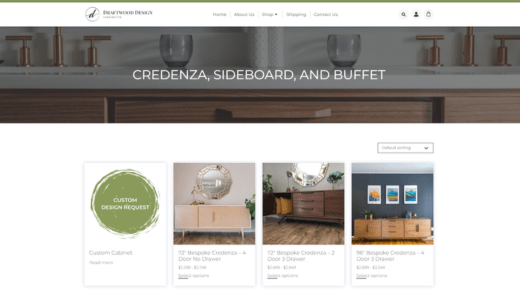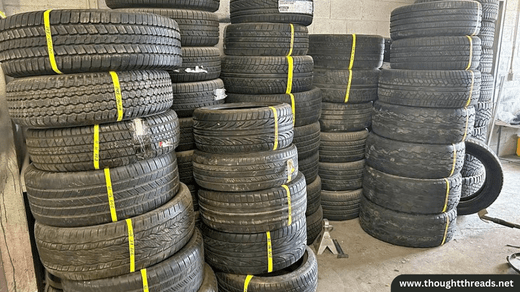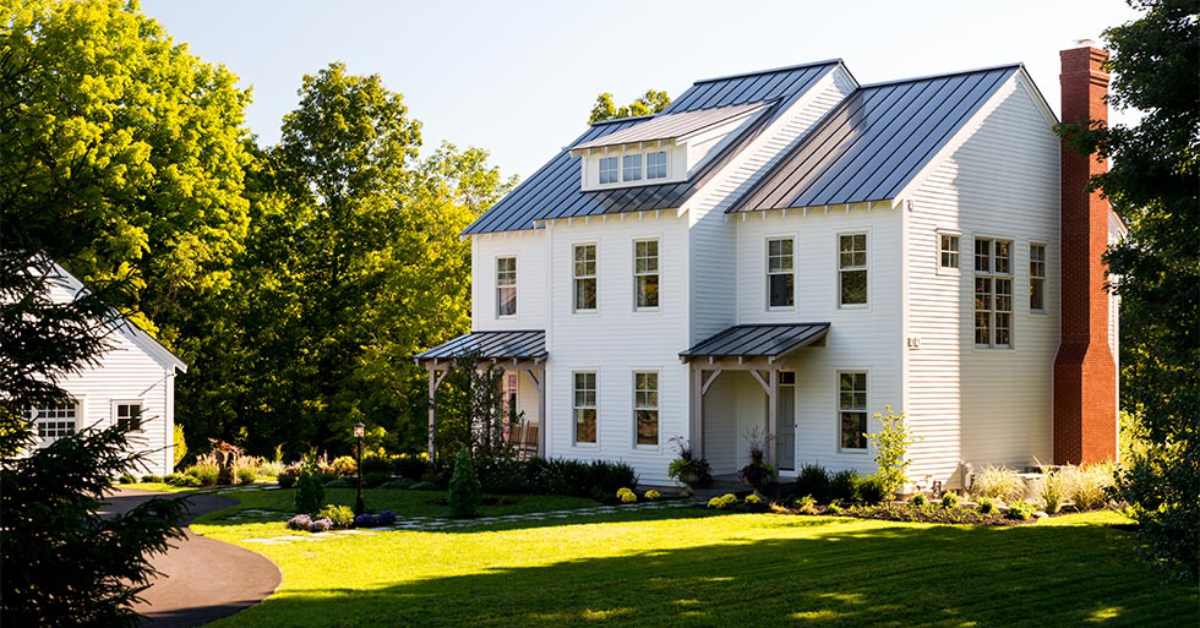ThermoWood cladding is a popular and sustainable building material that has gained significant recognition in recent years. Made from thermally modified timber, this type of cladding offers both aesthetic appeal and functional benefits for various construction projects. In this article, we will delve into the details of ThermoWood cladding, its properties, installation process, and potential applications.
What is ThermoWood Cladding?
ThermoWood cladding is a term used to describe wooden boards that have undergone thermal modification treatment. This process involves heating the timber to high temperatures, typically between 160-212°F (70-100°C), in an oxygen-free environment. This carefully controlled heat treatment alters the structure of wood, making it more durable, stable, and resistant to decay. The result is a stronger and more dimensionally stable material that can be used for various exterior and interior applications.
Areas Where it can be Used
ThermoWood cladding is a versatile material that can be used in a wide range of construction projects. Its excellent durability and stability make it suitable for both exterior and interior installations. Some common areas where ThermoWood cladding can be applied include:
- Façade: ThermoWood cladding provides an attractive and natural finish to building facades, making it a popular choice among architects and designers.
- Roofing: The high strength and dimensional stability of ThermoWood cladding make it suitable for use as roofing material, providing protection from the elements while adding visual interest to the roof design.
- Decking: ThermoWood decking boards are an excellent alternative to traditional hardwood decking, offering improved durability, resistance to rot and decay, and a beautiful natural appearance.
- Interior Walls: ThermoWood cladding can also be used as interior wall panels, creating a warm and inviting atmosphere in any room.
Benefits of ThermoWood Cladding
Some of the main benefits of ThermoWood cladding include:
- Increased durability: The thermal modification process increases the timber’s resistance to decay, making it more durable and long-lasting.
- Dimensional stability: ThermoWood cladding is less prone to shrinkage and warping, resulting in a more stable and aesthetically pleasing finish.
- Sustainable: ThermoWood cladding is made from sustainably sourced timber and has a low carbon footprint, making it an environmentally friendly building material.
- Low maintenance: Due to its increased durability, ThermoWood cladding requires minimal maintenance, saving time and costs in the long run.
Properties of ThermoWood Cladding
ThermoWood cladding is created through a special heat treatment process, which modifies the chemical structure of the wood and enhances its durability. This results in several key properties that make it an ideal choice for exterior cladding:
- Dimensional Stability: The thermal treatment reduces the moisture content in the wood, making it less prone to warping or shrinking. This ensures that the cladding maintains its shape and size over time.
- Resistance to Decay and Insects: The high temperatures used in the heat treatment process eliminate resin and other extractives in the wood, making it more resistant to decay and insect damage.
- Improved Insulation: ThermoWood cladding has a lower thermal conductivity compared to other types of wood, meaning it provides better insulation for buildings. This can lead to energy savings and a more comfortable indoor environment.
- Sustainability: ThermoWood is made from sustainably sourced softwood, making it an environmentally-friendly choice for construction projects.
Installation Process
ThermoWood cladding can be installed using various techniques, including shiplap, feather-edge, and tongue-and-groove methods. The installation process involves fixing the boards onto a substructure using nails or screws. It is recommended to leave a small gap between each board to allow for natural expansion and contraction of the wood.
Draftwood Design is a company that utilizes ThermoWood cladding for their many woodworking designs and you can connect with them for any requests you may have on wood-based furniture, inlays and other woodworking items.
Potential Applications
ThermoWood cladding is a versatile material that can be used for various exterior applications, including:
- Residential Buildings: ThermoWood lends a warm and natural aesthetic to residential properties, making it a popular choice for homes.
- Commercial Buildings: The durability and low maintenance of ThermoWood make it suitable for use in commercial buildings such as offices, retail spaces, and public facilities.
- Garden Structures: ThermoWood is also commonly used for garden structures such as decking, fencing, and pergolas due to its resistance to decay and insects.
Overall, ThermoWood cladding is an excellent choice for those looking for both aesthetic appeal and functional benefits in their building materials. Its sustainability, durability, and versatility make it a top contender in the world of exterior cladding options. By understanding its properties, installation process, and potential applications, you can confidently incorporate ThermoWood into your next construction project. Try out ThermoWood cladding and see the difference it can make in your building’s design and performance. Keep building sustainably with ThermoWood!
Additional Benefits of ThermoWood Cladding
In addition to its key properties, there are several other benefits of using ThermoWood cladding for exterior construction projects:
- Low Maintenance: Due to its high resistance to decay and insects, ThermoWood requires minimal upkeep, making it a cost-effective choice in the long run.
- Customizable Aesthetic: As a natural material, each piece of ThermoWood has unique variations in color and texture, giving you the ability to create a one-of-a-kind look for your building. It can also be stained or painted to achieve a desired aesthetic.
- Ease of Installation: ThermoWood is lightweight and easy to work with, making it a preferred choice for both professional builders and DIY enthusiasts.
By considering these additional benefits, you can further see the value of incorporating ThermoWood cladding into your construction project. Its combination of sustainability, durability, versatility, and low maintenance make it a top choice for any exterior application.
ThermoWood cladding offers an attractive and durable solution for exterior construction projects. Its thermal modification process enhances the wood’s natural properties, making it a sustainable and practical choice for a wide range of applications. Whether you are looking to add warmth and character to your home or seeking a low maintenance material for commercial buildings, ThermoWood cladding is definitely worth considering.





